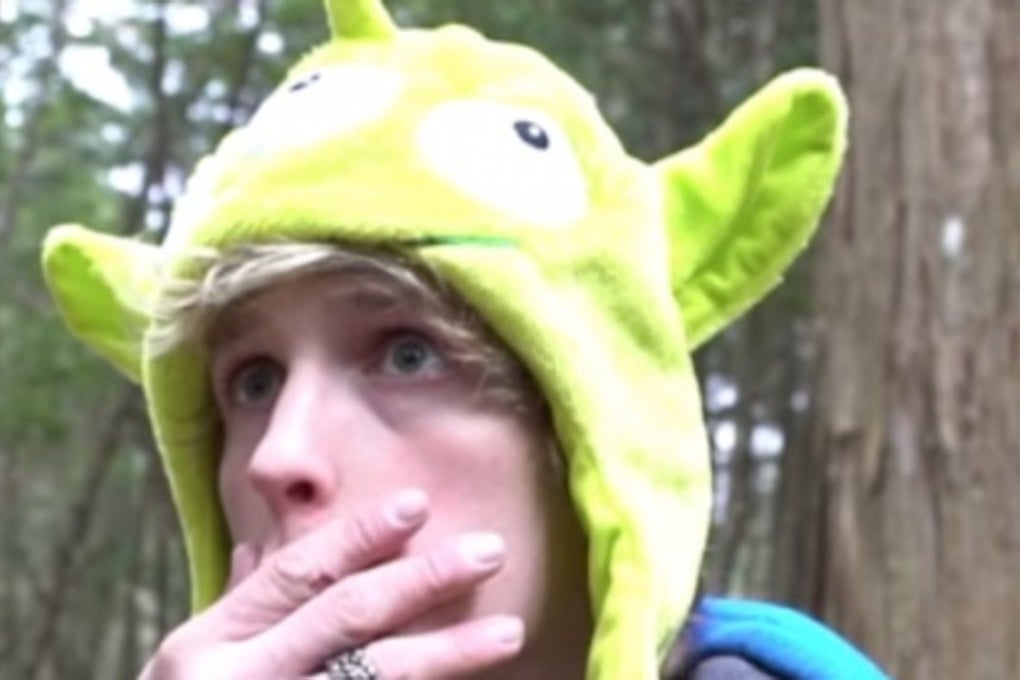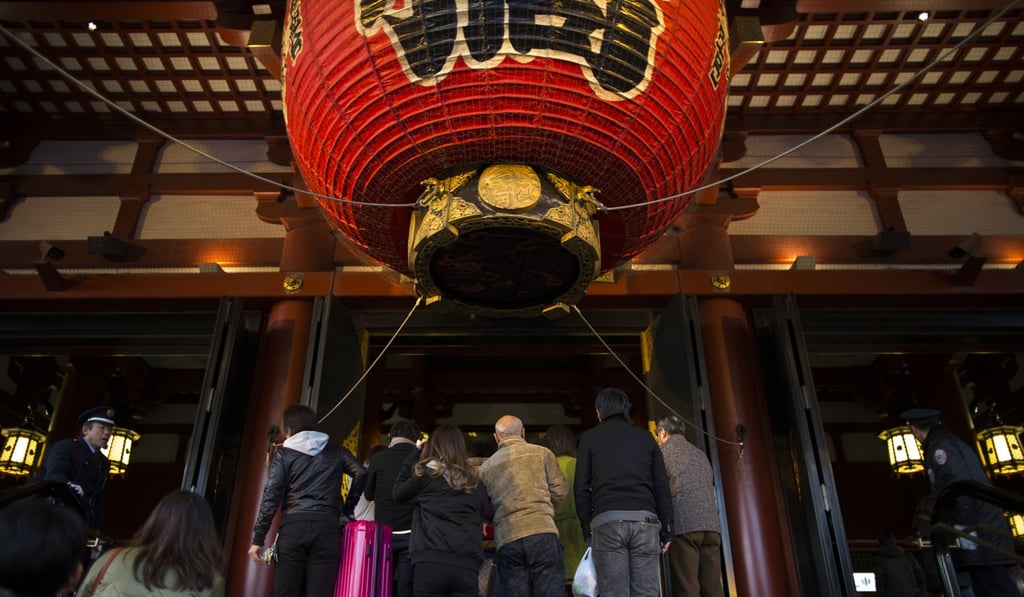How YouTube blogger Logan Paul stirred the ghosts of Japan’s suicide forest
Online star was the epitome of the ugly American when he joked about a suicide in the Aokigahara woods – but the uproar over his post has helped Japanese do something they are unused to: face the facts

Logan Paul has been extremely quiet since being the target of a tumult of criticism for posting a video clip of a man who killed himself in Japan’s “suicide forest” on December 31.
The hugely popular American video blogger apologised for posting the image of a body hanging from a tree on YouTube, and joking about his discovery. The picture was quickly removed, but not before millions of people had seen it.
When that initial Twitter apology was not sufficient to stem the criticism – “disrespectful” and “disgusting” were among the milder complaints – Paul issued a second apology, via video, saying “I’m ashamed of myself. I’m disappointed in myself.”
Fallout from the incident will cost Paul millions of dollars, primarily in the form of lost advertising revenue after YouTube dropped his channels from its Preferred programme and put future projects on hold. The assumption is, however, that he will be back sooner rather than later.

But Paul should be aware that the Japanese have a long memory and that his shenanigans in Aokigahara, the place where so many desperate people go to end their lives, are remembered.